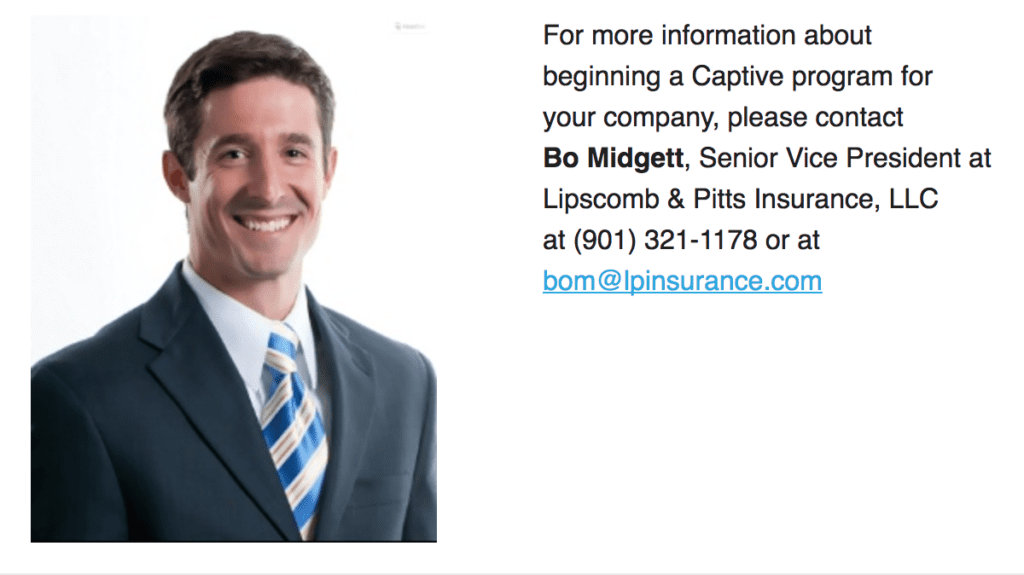
It has been said that the best defense is a good offense. When this principle is considered in the captive realm, it really boils down to always being prepared for an audit, even if one never arrives. Through careful preparation in forming our captive for the correct reasons from the beginning, we need never fear an audit because we know it has been done the right way from inception. This article’s aim is more to share “how to do it right” than “how do I fix my wrong.”
There has been some questions recently on whether or not a captive will “flag” an audit in the IRS system and there is no basis for that being the case. It should be noted, however, that the 831(b) election captive have been an increased focus of the revenue agency for many years due to the fraud that has been perpetrated by various captive promotors as tax shelters. This has gone on for many years and many of the captive experts in the industry welcome this increase in oversight as a way to bring the 831(b) captive back to the forefront as a legitimate risk management strategy, as it was originally intended by the US Congress in 1986, when it was brought into law. It is important to note that the 831(a) election captives have not seen such scrutiny but it is still recommended to begin with the audit in mind.
In our experience with audits, the following information has been requested:
- Information from the inception of the captive, even if it preceded the years under audit
- All emails, marketing materials, etc.
- Comprehensive questions on how one got involved in the captive and who consulted in the decision making process
- What commercial insurance was in place, what are the gaps and exclusions, how the captive program fit
- What is the operating company’s risk management program
- How were the premiums priced
- For the ten years prior to its inception, were there any losses that would have been covered by the captive program had it been in place
- What is the loss experience of the related party and pool insurance
- What are the investments
When we review the above queries from the revenue agencies, one underlying point will come to the forefront: the IRS wants to make sure that you have formed the captive for a risk management purpose and not as a way to avoid tax. Everyone associated with the captive concept understands that there can be a tax benefit to this model but this should never be the primary reason for the formation of a captive.
In the beginning, be sure to complete a comprehensive risk assessment that properly identifies the various risk areas in your business. Explore the organization’s hazard risk (insurance related), strategic risk (future of the company), and business risk (financial and human capital) to fully understand the areas where the balance sheet is exposed. Once this is completed, work with your advisor to diligently quantify this risk using established principles or studies that are readily available in the risk areas mentioned above. This will give you clarity as you prioritize the risk areas to address in your overall risk management program. We then use the captive as one way to support the risk management program, in addition to prevention, mitigation and risk transfer mechanisms. This work should be laid out in detail in the form of a risk management plan that can accompany any viability or feasibility study. This work should act as the first line of defense in any audit scenario because this clearly articulates the risk management purpose for why your captive was created from the beginning.
As the captive continues, it is important that the risk management work laid out above continues as well. A common mistake made in the captive industry is to complete the risk management work in the beginning, but fail to continue the risk analysis into the future. This places the captive in a difficult position when defending its purpose for a given underwriting year in the future, as each underwriting year needs to be able to withstand the questions above.
When we form our captive for a risk management purpose, it prepares us for success in an audit scenario…and when the IRS comes knocking, we always want to come out ready for a transparent discussion that ends with the “no change” letter from the agency.
If you are considering a captive in the future, please reach out to Bo Midgett by clicking on the contact information below to form your captive the right way. If you already have a captive, lean on our expertise to audit the current program to ensure success in the future.



